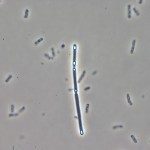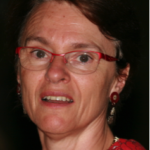Link to Pubmed [PMID] – 18302748
BMC Syst Biol 2008;2:20
BACKGROUND: Few genome-scale models of organisms focus on the regulatory networks and none of them integrates all known levels of regulation. In particular, the regulations involving metabolite pools are often neglected. However, metabolite pools link the metabolic to the genetic network through genetic regulations, including those involving effectors of transcription factors or riboswitches. Consequently, they play pivotal roles in the global organization of the genetic and metabolic regulatory networks.
RESULTS: We report the manually curated reconstruction of the genetic and metabolic regulatory networks of the central metabolism of Bacillus subtilis (transcriptional, translational and post-translational regulations and modulation of enzymatic activities). We provide a systematic graphic representation of regulations of each metabolic pathway based on the central role of metabolites in regulation. We show that the complex regulatory network of B. subtilis can be decomposed as sets of locally regulated modules, which are coordinated by global regulators.
CONCLUSION: This work reveals the strong involvement of metabolite pools in the general regulation of the metabolic network. Breaking the metabolic network down into modules based on the control of metabolite pools reveals the functional organization of the genetic and metabolic regulatory networks of B. subtilis.

